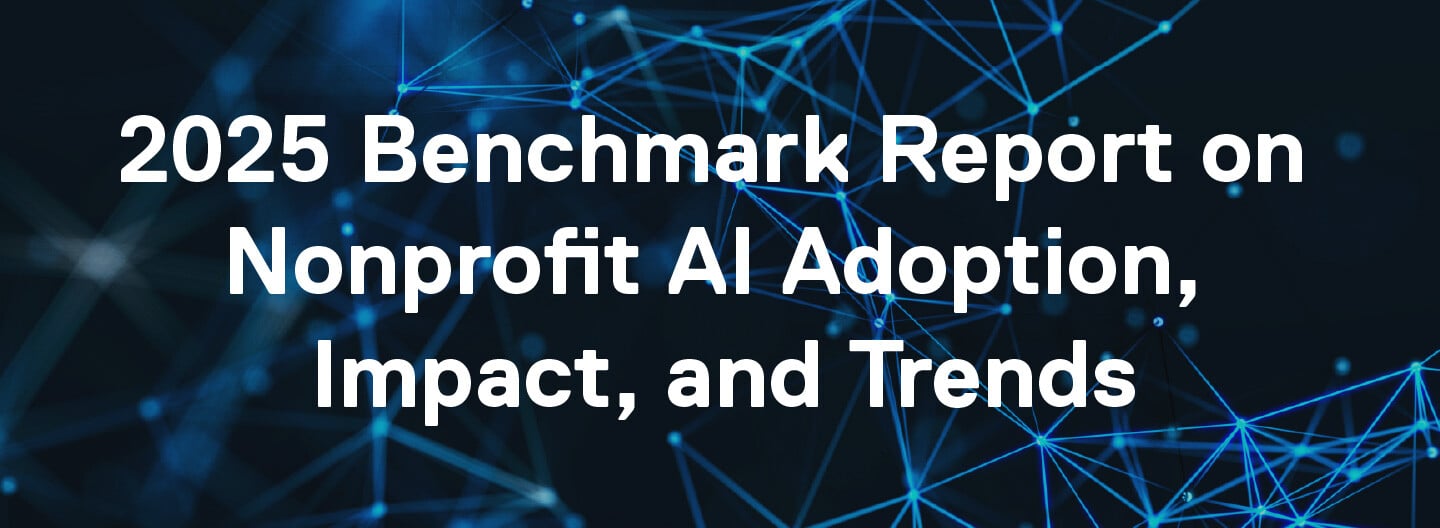The heart of a society is the care that people have for one another. The expression of that care is often played out in the nonprofit sector, including charities and non-governmental organizations, or NGOs, of all types.
As the role of government in public services declines, it's often the nonprofit sector that steps in to meet the needs of the people. In fact, the trend line suggests that communities and even nations are becoming more reliant on the nonprofit sector than ever before. How the nonprofit sector responds to this increased demand is of global importance.
To assess the growing role of nonprofits, consider that the U.S. nonprofit sector reported revenue of $2.26 trillion in 2013. That's 13.5 percent of the U.S. gross domestic product for the same year and just slightly less than the entire gross domestic product of Brazil. The value of the U.K. voluntary sector for the same time period was an estimated £12.2 billion.
In addition to economic terms, we must also recognize the nonprofit sector in its support of humanity. Shaughn McArthur, advocacy and government relations adviser at CARE Canada, says that NGOs have evolved to become the de facto guardians of the interests of humanity; they are filling the gaps in global governance where governments lack a foothold in sustainability.
Rather than depending on just philanthropy and capacity building, however, today's nonprofit leaders must look toward long-term sustainability. And this shift requires a new framework built on continual improvement and knowledge sharing.
Defining a Sustainable Nonprofit Enterprise

Beyond traditional capacity building, the term "sustainable nonprofit enterprise" encompasses capacity, expertise, and funding streams. It also includes human capital and the synergy an organization develops with its stakeholders — often over many generations.
The use of the term "enterprise" rather than "institution" is deliberate. To be successful, an enterprise must navigate ever-changing funding requirements and evolving policy and societal complexities. The sustainable nonprofit enterprise has a degree of nimbleness and cohesiveness that allows the organization to adjust its course as needed.
Indicators of a Sustainable Nonprofit Enterprise
Leading indicators of a sustainable nonprofit enterprise include the following.
An Effective, Dynamic Board
The team comprising a nonprofit's board is central to an organization's ability to execute its mission long-term. Key qualities are
- Regular self-reflection on board member commitment and individual contribution of time, talent, and resources
- Clarity in the board's role regarding oversight, duty of loyalty, and fiduciary accountability
- Dynamic synergy and trust between the board of directors and the executive director or chief executive
- Comprehensive recruitment, selection, training, and mentoring of new board members — not only on the nuts and bolts of the organization, but also its mission, values, and spirit
- Effective succession planning
Education for Aspiring Leaders
Among the most dramatic trends within the nonprofit sector is the aging of the current base of nonprofit leaders. To prepare aspiring leaders to assume these roles, the nonprofit sector must create a standard expectation for executive education — such as a master's degree in public administration, nonprofit administration, or business administration and completion of an executive development program. Applied knowledge from programs such as these will provide the necessary background for successful nonprofit leadership.
Careful Revenue or Portfolio Management
The notion of philanthropy lies at the center of the nonprofit sector. Along with a continued focus on gaining new donors and funders, however, nonprofits must also strengthen relationships with government entities and look to opportunities in fee-for-service areas or third-party billing. Management of revenue generation, return on investment, and net asset margins is crucial for long-term sustainability.
Effective Talent Management
The ability to attract and retain quality talent at an organization — either through an outsourced provider or in-house HR staff member — is a clear threshold of capacity building for a nonprofit. Initial capacity building in human resources focuses on issues such as employee policies and procedures, training and development, performance evaluation, and human resources information systems.
The next HR milestone is moving into the realm of talent management — a value, culture, and set of guiding principles that support the long-term development of its employee base. As a culture, talent management recognizes the critical role of recruitment, onboarding, and professional development for long-term employee relationships and enterprise sustainability.
Talent management requires
- Trust between employees and their supervisors
- A mutual understanding of employees' intrinsic motivations and career objectives
- Opportunities within the organization for such growth
Talent management also supports succession planning at all levels of the enterprise. Succession planning ensures that the organization has a critical mass of employees who not only retain institutional knowledge but add to it over time.
Embracing the New Era
The nonprofit sector is entering an era beyond capacity building. It is the era of the sustainable nonprofit enterprise. We hope that this post sets the stage for a new beginning in which those of us who are concerned about the long-term direction of the nonprofit sector work together. The goal is to advance our understanding of applied theory, support nonprofit executive development, and ensure the future prosperity of the sector. Doing so will support the love of humanity that is at the heart of society.
This piece was originally published on MissionBox.com. MissionBox editorial content is offered as guidance only, and is not meant, nor should it be construed, as a replacement for certified, professional expertise.
Additional Resources: Nonprofit Stability and Sustainability
- Read What Are the Benefits of a More Diverse Board of Directors?
- Check out Responding to the Demand for Cybersecurity Experts: A Call to Action.
References
- Stanford Social Innovation Review: The Leadership Deficit by Thomas J. Tierney (2006)
- Statistics Times: List of Countries by GDP (Nominal) (2015)
- The National Council for Voluntary Organisations: UK Civil Society Almanac (2016)







